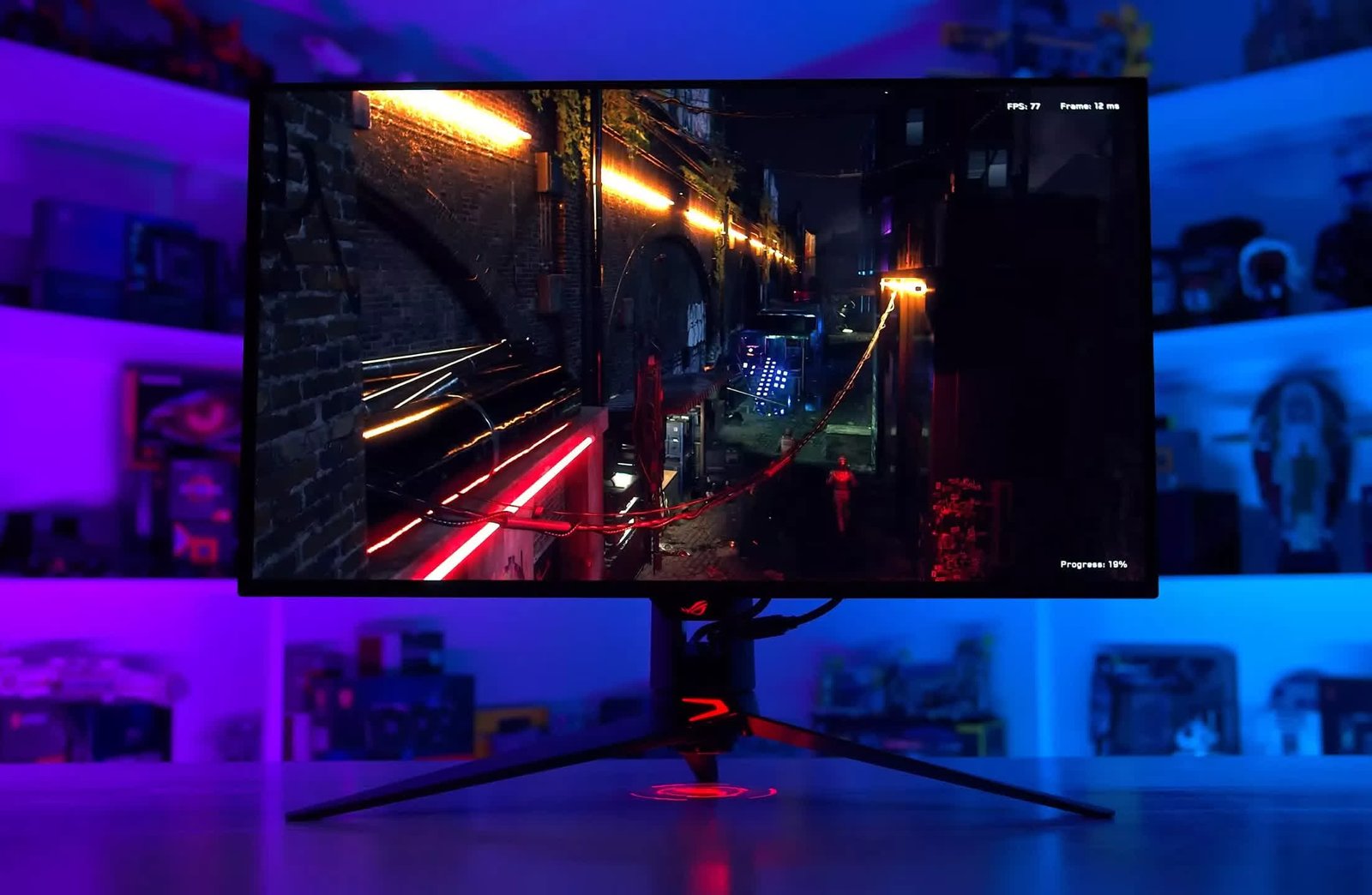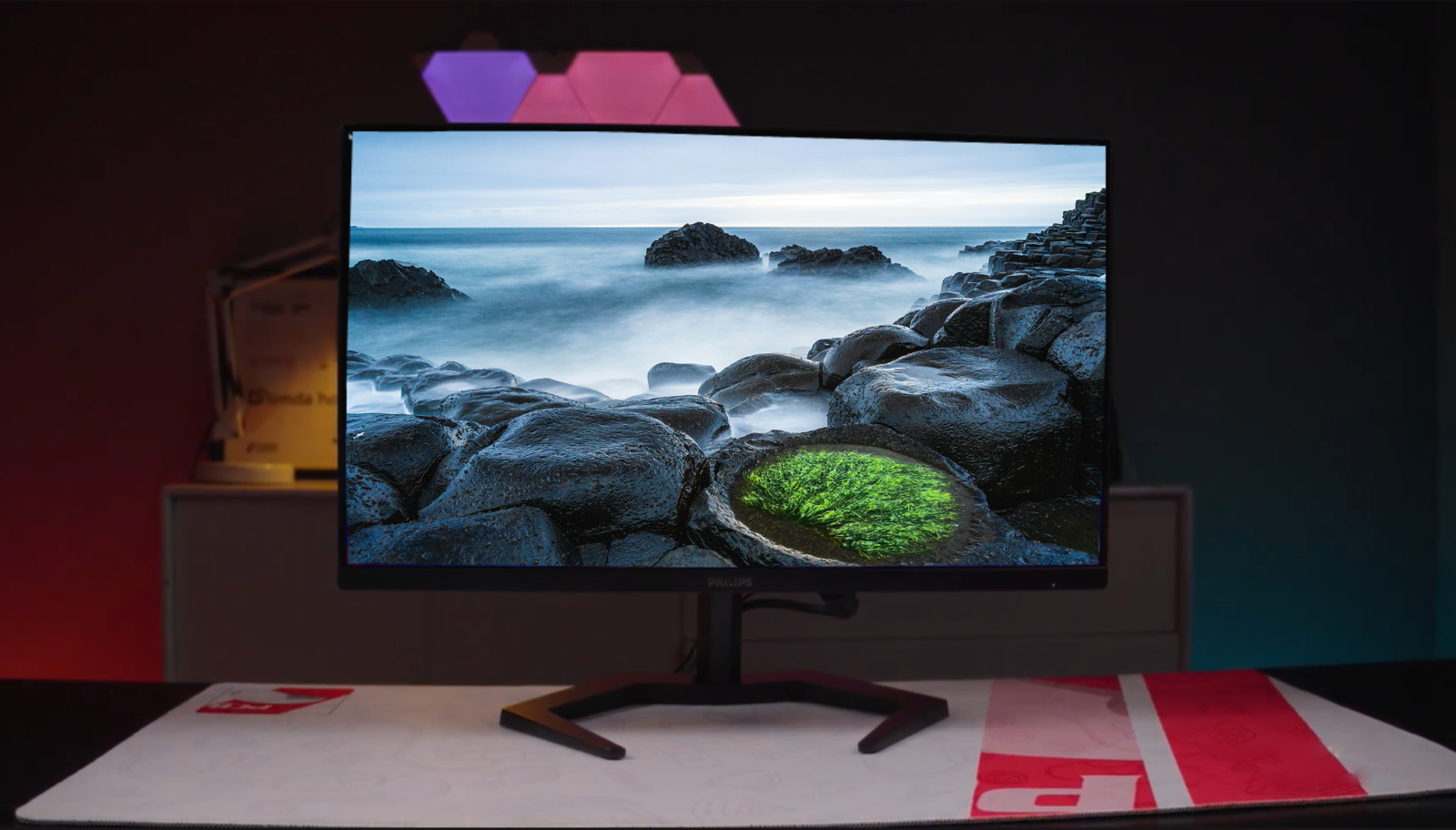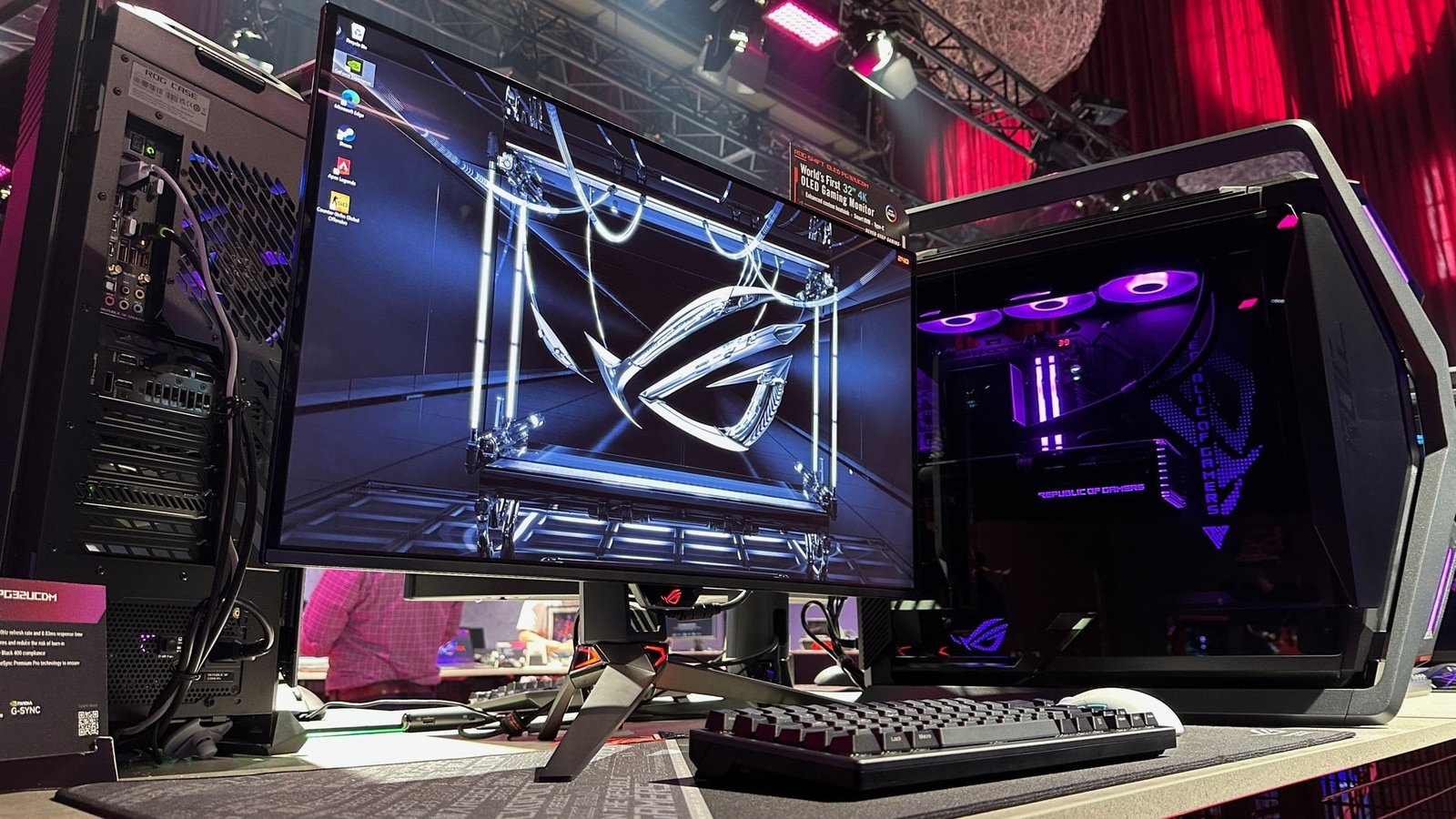Finding the best gaming monitor for your needs can be tricky, but in this guide, we’ll compare two top contenders from each price range. Whether you’re on a budget or looking for a premium option, I’ve tested them all, and I’m here to help you choose the right one.
Under $200: Dell G2724D vs Dell S2722DGM
In the budget category, we have two solid monitors: the Dell G2724D and the Dell S2722DGM. Both feature 1440p resolution and 165Hz refresh rates, but there are some differences worth noting.
The G2724D comes with an IPS panel, which provides wide viewing angles—perfect for those who move around or share their screen often. On the other hand, the S2722DGM uses VA technology, offering a 3000:1 contrast ratio for deep blacks and vibrant colors, which can make a difference in darker games.
While both have solid specs, the G2724D excels in response time, making it ideal for fast-paced gaming. Competitive shooter players may lean toward this model, while those who prefer single-player games may appreciate the superior contrast of the S2722DGM.
In terms of ergonomics, the G2724D pulls ahead with its adjustable stand, providing more comfort during long sessions. The S2722DGM does offer a curved screen for added immersion, but neither monitor includes USB ports or built-in speakers.
After testing, the G2724D stands out as the more versatile choice for most gamers due to its faster response time, better ergonomics, and overall usability in various environments.
$200 – $500: MSI G274QPX vs Gigabyte M27QX
Moving up a price bracket, the MSI G274QPX and Gigabyte M27QX are both excellent monitors with a 240Hz refresh rate, making them great for fast-paced games like Valorant or Apex Legends. The fluidity and responsiveness are noticeable compared to standard 144Hz displays.
While both monitors perform well, the Gigabyte M27QX has a slight edge in response time and superior color accuracy, making it a solid pick for content creators who need a balance between gaming and work. Its wider color gamut is especially useful for tasks like photo editing. However, for pure gaming, the differences might be hard to spot unless you’re looking closely.
Design-wise, the MSI features a sleek, minimalist design with good stability. The Gigabyte is more utilitarian in appearance but has a useful KVM switch for seamless device switching. However, neither excels at HDR performance—both are decent, but don’t expect breathtaking results.
Between the two, the Gigabyte M27QX takes the win for its color accuracy, KVM switch, and overall versatility, but the MSI is still a solid choice for gaming.
$500 – $1,000: Alienware AW2725DF vs MSI MAG271QRX
In the higher price range, we have the Alienware AW2725DF and MSI MAG271QRX, both featuring an insane 360Hz refresh rate for smooth, fast gameplay. If you’re upgrading from a lower refresh rate monitor, the difference is immediately noticeable, especially in first-person shooters.
Both monitors use QD-OLED panels, providing deep blacks and vibrant colors, making atmospheric games like horror titles truly immersive. They also support HDR with 1,000 nits peak brightness, giving you excellent visuals in bright scenes.
While the Alienware has a premium build quality, the MSI edges ahead with its additional features, including a KVM switch and USB-C port with 90W power delivery. This is a convenient addition for users who switch between devices or want to charge their laptops.
In terms of price, the MSI typically comes at a slightly lower price point and offers similar performance, making it the better value. Unless you’re tied to the Alienware brand, the MSI MAG271QRX is the better choice.
$1,000+: Alienware AW3225QF vs MSI MPG321URX
At the top of the price spectrum, the Alienware AW3225QF and MSI MPG321URX battle it out. Both are equipped with QD-OLED panels, giving you fantastic colors and contrast, and they offer 240Hz refresh rates at 4K resolution, ensuring smooth gameplay and razor-sharp visuals.
The Alienware features a subtle curve that can enhance immersion, while the MSI has a flat screen, which might be preferred by some for a more traditional look. The MSI has a slight edge in response time, but the difference is almost negligible for most users.
One standout feature of the MSI is its KVM switch and 90W power delivery via USB-C, making it more versatile for productivity tasks. The Alienware, however, supports Dolby Vision, which can enhance HDR content for a more cinematic experience.
Both monitors are top-tier, but the MSI MPG321URX gets the nod for its overall value and extra features. If you prefer a curved screen or require Dolby Vision, the Alienware is still an excellent option.




